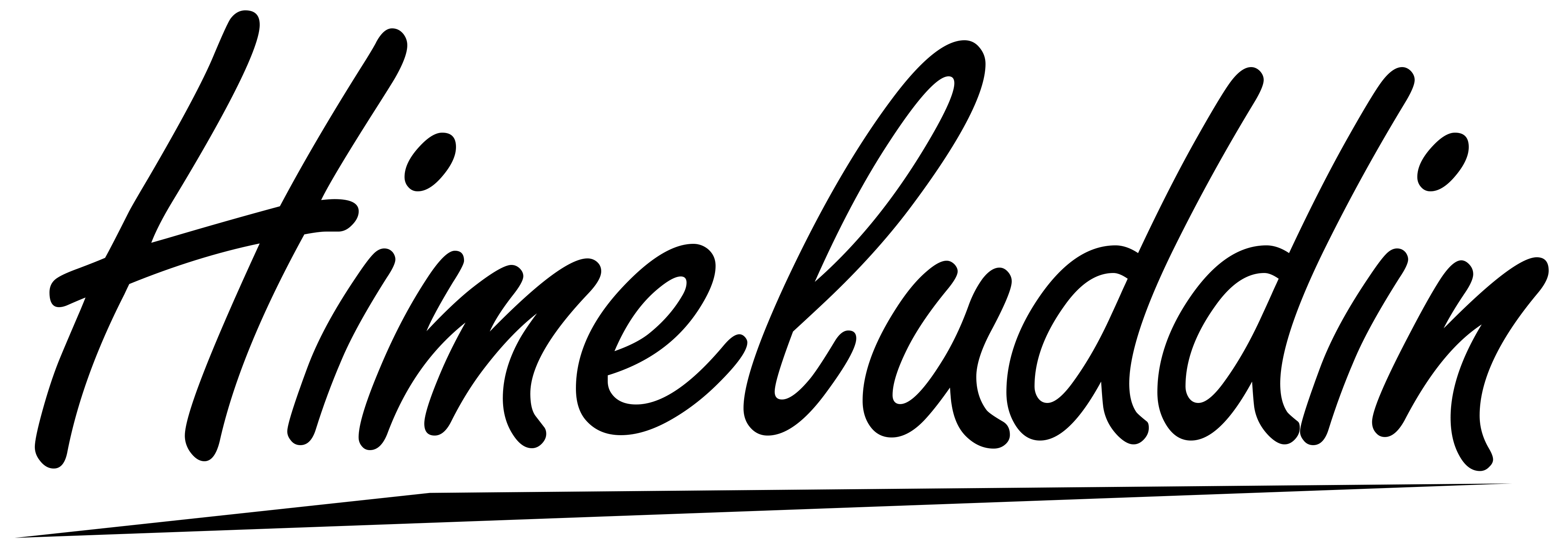HMicroinverters versus Conventional Inverters
In conventional PV solar installations, solar panels are wired in series, creating a PV array. Central inverters, also known as String inverters are connected to multiple solar panels or the PV array, as shown in the figure below.
String or central inverters convert the high-voltage DC output from the PV array to alternating current (AC) so that it is easier to connect to the electricity grid.
In the microinverter architecture, a small inverter is attached to the back of each solar module. The output from several microinverters are connected in parallel, combined, and fed to the electrical grid.
Factors for Inverter Selection
A good inverter is usually judged mainly on the basis of two factors:
- Low energy consumption; and
- High efficiency.
An efficient inverter, typically has an efficiency rating above 94%. While buying a car you look into its fuel consumption. Similarly while choosing a solar inverter you should see if it consumes low energy and has high efficiency.
Advantages of Microinverters
Microinverters have several advantages over conventional central inverters:
- Smaller size and single model: Microinverters compared to conventional solar inverters are less bulky and easier to install and replace. A single model of Microinverter can be chosen for any array size and go with varieties panels.
- Better power output: Another benefit of microinverters is that the entire power output is not affected if there is problem with one panel. Since each panel has a separate inverter, so small amounts of shade, debris, or snow on one solar panel, or even a complete panel failure, do not greatly affect or reduce the output of the entire array. But in a conventional array type configuration if there is problem in one panel, then the power output drastically reduces as the whole system performs at the level of the poorest performer in the string.
- Convert DC to AC power more efficiently: Compared to string inverters, microinverters help to produce more power for the same number of panels.
While choosing between Microinverter and String inverter you have to consider your return on investment and pay back period. Microinverters are costlier than the conventional ones. Also since Microinverters have several high-tech electronic parts they are prone to failures. Though they may be suitable for shaded or complex roof, you have to decide if Microinverters give better returns and greater energy bill savings.

